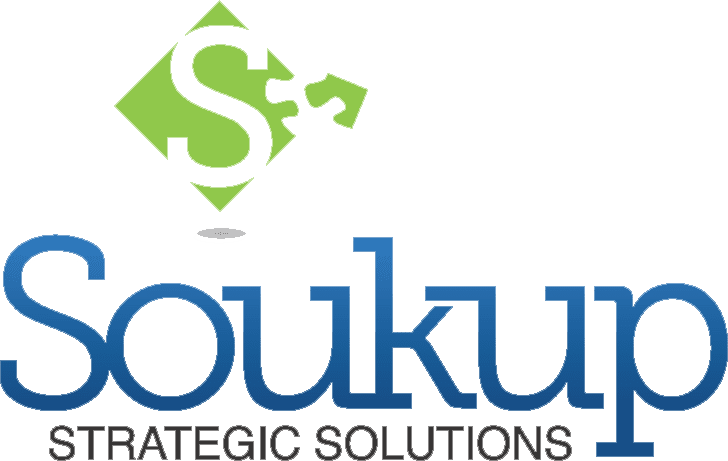Your nonprofit annual report can be more than just a year-end summary—it’s a powerful donor stewardship tool. Most fundraisers know the typical donor engagement cycle: you cultivate relationships, share your mission to inspire action, make the ask, and follow up with a thank-you—ideally within 48 hours. But what comes after the thank-you?
Instead of moving on to acquire new donors, smart nonprofits build deeper relationships with those who’ve already contributed. That’s where your annual report plays a crucial role. Reporting back to donors is more than just transactional courtesy—it’s a meaningful step in cultivating long-term engagement.
Stewardship is about building relationships. It’s the key to increasing donor retention and ensuring the long-term health of your fundraising efforts. And since renewing existing donors is far more cost-effective than acquiring new ones, your annual report becomes an essential strategy for sustaining and growing support.
By leveraging your nonprofit annual report, you can make donors feel valued, informed, and inspired to continue giving.
Why Donor Stewardship Drives Fundraising Success
Donor stewardship is essential to the long-term health of nonprofit fundraising. At its core, stewardship is the process of renewing donors—deepening relationships so they continue their support year after year.
Currently, donor retention rates hover just above 40% and have been declining in recent years. The cost of constantly acquiring new donors can be steep—often 50% to 100% more than the value of the initial donation. That’s why focusing on existing supporters isn’t just smart fundraising—it’s financially strategic.
In addition to cost savings, stewardship increases the lifetime value of donor contributions. A loyal, long-term donor often gives more over time than a one-time major gift. One of the most effective ways to keep current and lapsed donors engaged is by using your nonprofit annual report to communicate impact, share updates, and show appreciation.
What Makes a Nonprofit Annual Report a Fundraising Tool
One of the most valuable stewardship and communication tools a nonprofit has is the annual report. It’s more than a glossy publication. It’s an expression of accountability—demonstrating that the organization is doing right by the donor’s investment. It provides an opportunity to showcase impact and give donors context about how their support fits into the bigger picture.
Traditional reports often include a leadership letter, compelling visuals, data charts, and a donor list. While this format can be effective, annual reports don’t need to be 20-page, coil-bound documents to make an impact.
Instead, a shorter, well-designed report can serve as a quick and meaningful reminder of your organization’s work in the community.
Some in the nonprofit world believe annual reports are outdated or too expensive. But rather than discarding the idea altogether, consider reimagining the format. Think of it as a flexible, modern tool—digital or print—that informs, engages, and motivates donors to renew their support.
How to Build an Annual Report Donors Actually Read
When designing your annual report, consider who will receive it and how it fits into your broader fundraising efforts.
Start with:
- Current donors: Ensure everyone who gave recently receives a copy.
- Major donors: Segment and personalize reports for high-value supporters.
- Lapsed and prospective donors: Use it as a “leave-behind” or follow-up piece to rekindle interest.
Tailoring content to each audience strengthens the personal connection and reinforces the donor’s impact.
Recognize Donors the Right Way in Your Annual Report
Most donors don’t give for public recognition—but if you choose to acknowledge them, do it thoughtfully.
Double-check:
- Spelling of names
- Proper formatting (e.g., individuals vs. businesses or foundations)
- Giving categories or levels
Donors will look for their names, so accuracy is critical. A well-maintained list communicates that your organization values their support and attention to detail.
Use Donor-Focused Stories to Inspire Future Giving
People are moved by stories—not statistics. Your annual report is a perfect place to spotlight how donor support directly impacts your mission.
Include:
- Brief, emotional stories from beneficiaries or partners
- Quotes that highlight the difference donations made
- A visual narrative that connects dollars to outcomes
When donors see their contributions in action, they’re more likely to stay engaged and give again.
When (and How Often) to Share Your Annual Report
Annual reports are traditionally shared once a year, but that doesn’t mean you should wait until year-end to gather content.
Instead:
- Track stories and milestones throughout the year
- Keep donor acknowledgments and financials up to date
- Repurpose content for newsletters or mid-year updates
This makes producing the final report less overwhelming and ensures it’s fresh, accurate, and comprehensive.
Make Your Nonprofit Annual Report Work Harder
Annual reports are more than just a yearly obligation; they are a critical tool for communication and stewardship with your donor base. This is your opportunity to thank donors again, share impactful stories, and engage your audiences in a meaningful way.
However, don’t wait until the end of the fiscal or calendar year to start gathering information. Instead, make the annual report a living document—continuously capturing stories, outcomes, and donor acknowledgments throughout the year. This proactive approach ensures that your annual report is not only a reflection of your past successes but also a powerful tool to inspire ongoing and future support.
By leveraging your annual report strategically, you can deepen donor relationships, increase donor retention, and ultimately maximize the impact of your fundraising efforts.
Ready to Strengthen Your Donor Relationships?
Your nonprofit annual report has the potential to do more than summarize the year—it can spark deeper donor loyalty and greater fundraising results.
Get a free consultation with Soukup Strategic Solutions to explore how we can turn your next annual report into a compelling, high-impact stewardship tool. Contact us today to start building a report that inspires, informs, and motivates your donors to keep giving.






